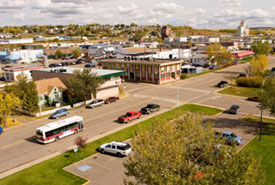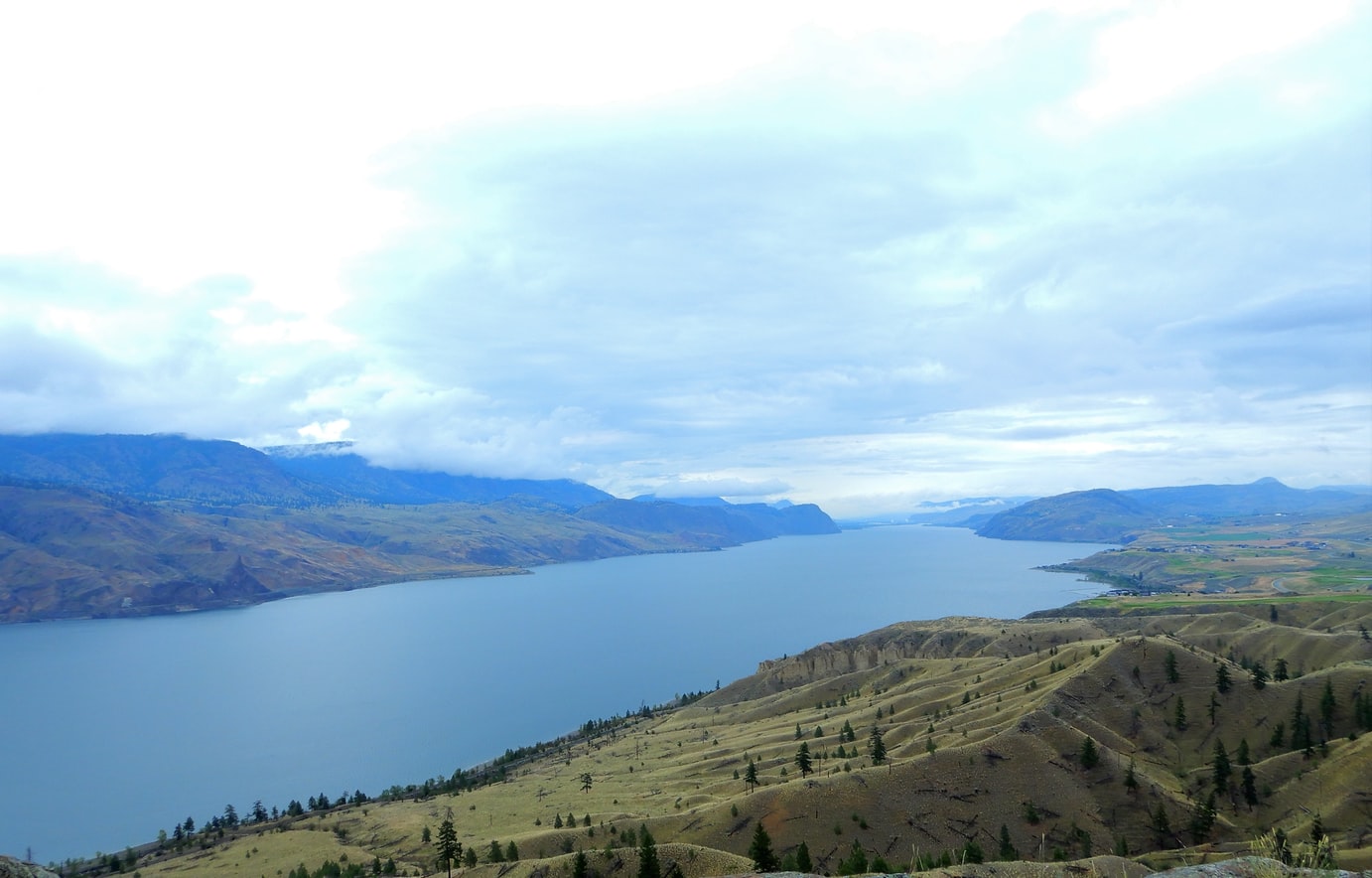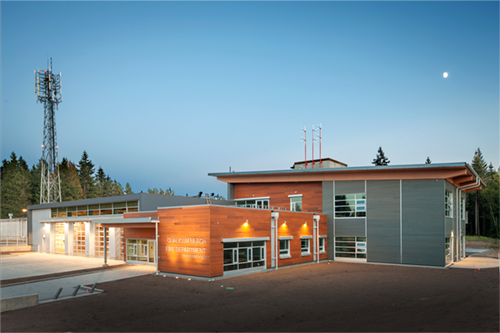Looking closely at your bottom line
Life cycle costing (LCC) helps local governments look beyond initial capital costs and assess infrastructure strategically over its entire life. LCC can significantly strengthen fiscal performance as well as contribute to large greenhouse gas reductions.
Barrier: first cost orientation
A major barrier to advancing premium efficiency infrastructure and renewable energy is that consumers, including many sophisticated private and public institutions, focus on the initial capital cost and simple payback. Taking this perspective, an infrastructure investment with slightly lower capital costs but high long term costs may be preferred over one with slightly higher capital costs, significantly lower long term costs, and potentially significantly lower emissions.
Looking Long Term
Rather then evaluating projects on initial cost, LCC considers the total cost of owning, operating and maintaining infrastructure over its useful life (including fuel, energy, labour, and replacement components).
LCC is particularly useful for evaluating premium efficiency infrastructure and renewable energy opportunities since their initial costs are often higher, but they tend to have lower operating and maintenance costs over the life of the project.
By overlooking the purchase of premium efficiency products because of their initially higher costs, local governments may save money in the short term but end up paying more for the project through higher energy costs and other operating costs over the life of the project.
Given the importance of fiscal performance, LCC analysis has made some of the most important contributions to advancing local government climate change programs. LCC has applications across a wide range of sectors:
- Fleets, decisive in determining new vehicle acquisitions
- Civic Buildings, relevant for premium efficiency targets for new and existing stock
- Equipment, relevant for office equipment and machinery
- Land use and transportation planning, notably as it pertains to infrastructure needs and costs
- Residential and commercial Buildings
Community Examples
- City of Dawson Creek: Life Cycle Cost Analysis Tool 1
- City of Dawson Creek: Life Cycle Cost Analysis Tool 2
The first tool provides an example of how the tool can be used to compare three vehicles that use different fuel types. The second tool is an actual analysis that the City did when deciding which vehicle to purchase.
Clear Savings
Buildings
The potential savings from investments in green buildings is 10 times the initial investment according to a US state sponsored Sustainable Building Task Force. For example, an initial upfront investment of up to $100,000 to incorporate green building features into a $5 million project would result in a savings of $1 million in today’s dollars over the life of the building. [1]
Construction accounts for only 8% of a civic building’s cost over its 30-40 year life; operation and maintenance accounts for 92%, according to a study by the City of Hamilton. [2] LCC takes operation and maintenance costs into account, revealing the true cost of the investment over its useful life.
Vehicles
After conducting a life cycle costing analysis, the Township of Langley replaced older high emissions vehicles with newer different models. The 5% reduction in fuel and repair costs more than offset the additional capital investment.
Development
In low-density, single-use developments, local governments often generate less in development fees and property tax than they spend in services like emergency and waste removal, and infrastructure costs such as roads, water mains and sewers. A Southwestern Ontario analysis found for every $1 dollar raised in development fees and property taxes $1.40 needs to be spent on servicing. This problem is more thoroughly explored under asset management. [3]
Life Cycle Analysis vs. Life Cycle Costing
LCC is complementary but not the same as life cycle analysis (LCA). LCA is used to estimate the wide range of environmental impacts or costs of a project over its entire life, literally from cradle to grave. LCA is particularly useful in selecting projects with lower greenhouse gas emissions.
[1] Kats, Greg et al. (2003). The Costs and Financial Benefits of Green Buildings: Report to the California Sustainable Buildings Task Force.
[2] City of Hamilton, Corporate Buildings & Real Estate Department. (February 20, 2001). State of the City’s Infrastructure (Council Presentation)
[3] Diamond, Jack. (May 18, 2008). “Sprawl is our ‘inconvenient truth:’ Increasing densities do not have to compromise livability,” in Globe and Mail.









